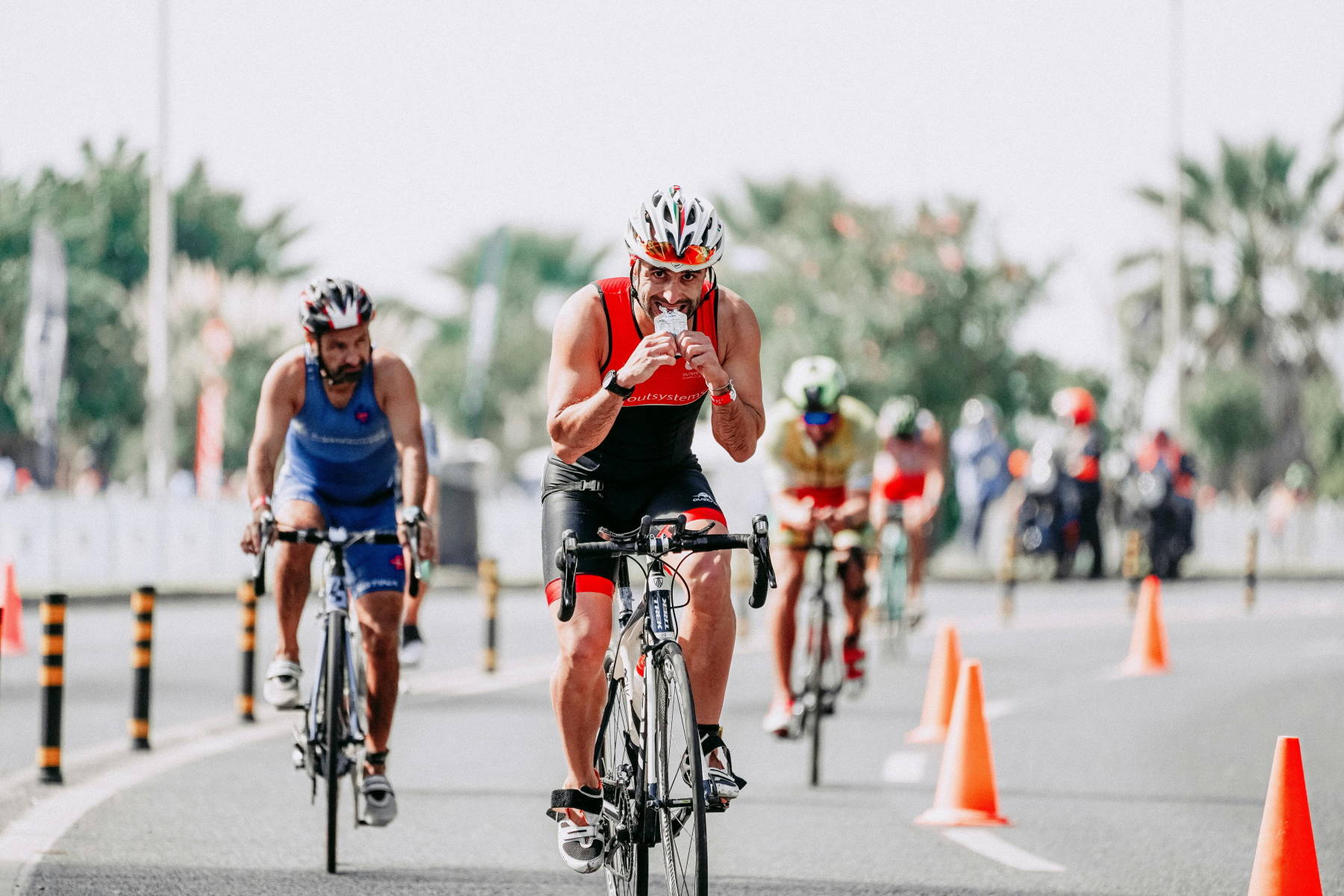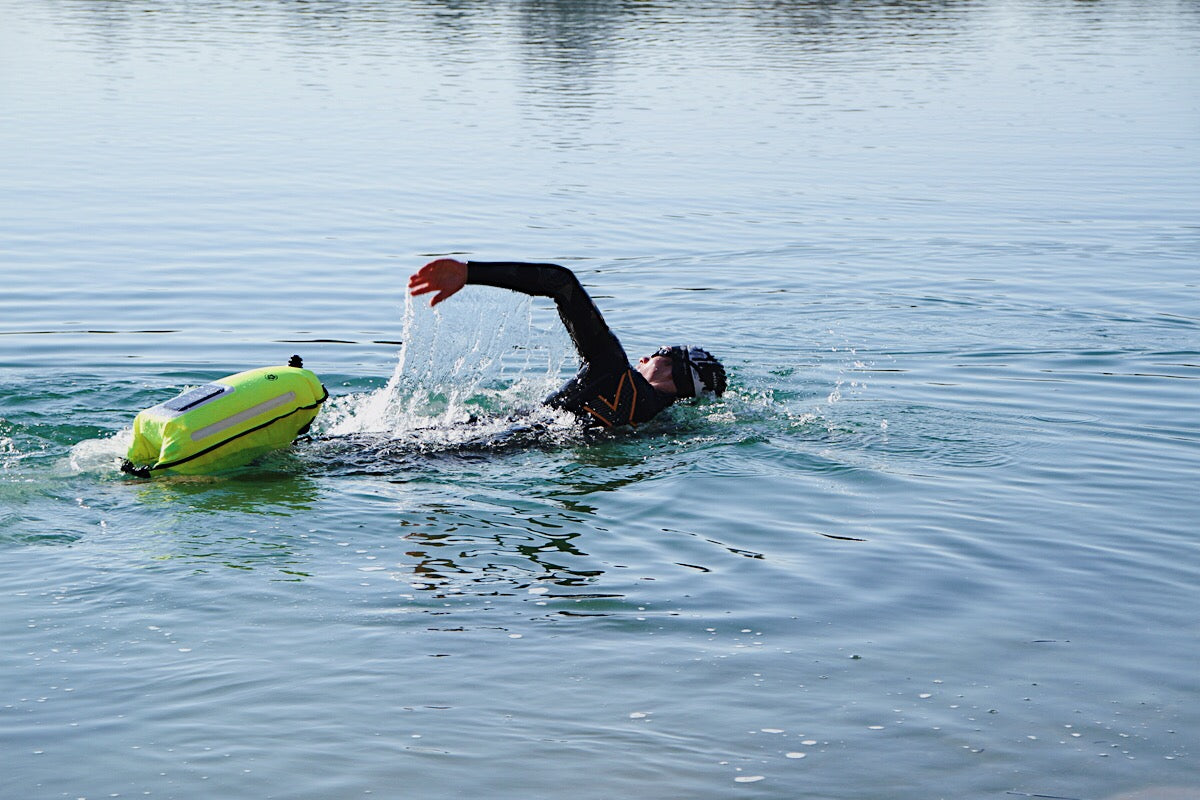After weeks of preparation, the body needs an optimal energy supply so that the trained performance can be called up in the competition. And the portioning and nutrient content are particularly important. It doesn't matter whether it's a short, medium or long distance - triathlon.de gives tips for optimal energy supply during your race.
Short distance or Olympic distance (also applies to the popular triathlon)
The proportion of carbohydrates in energy production is highest on the Olympic distance. Therefore, the glycogen stores should be filled to the maximum before the start. There are different methods of so-called “carboloading”.
Most athletes simply increase carbohydrate intake to 70 to 80 percent of total energy intake in the last few days before a race.
Only for the experienced
The saltin diet is the most extreme form of pre-competition nutrition. Here the carbohydrate stores of the body are completely emptied at the beginning of the race week. This is done through intensive, short training sessions and at the same time an extremely low-carbohydrate diet. An extremely carbohydrate-rich diet is then also carried out.
Some time ago, numerous scientific studies confirmed that the carbohydrate stores can be filled above the starting level. However, this method should only be used with sufficient experience before important races.
During the race
Even on the shortest stretches, energy should urgently be supplied during the exertion. After 60 to 90 minutes without eating at the latest, the body's reserves of carbohydrates are used up.
In order to postpone this point as far as possible and thus be able to maintain a high level of performance, you should start eating right after swimming. In the popular triathlon or sprint, a carbohydrate-rich drink on the bike course is usually sufficient.
On the short distance it can also be a gel. Carbohydrate bars and gels, which come in a variety of flavors and have various additives such as caffeine, sodium, proteins and amino acids, work best.
A lot doesn't help much
30 to 60 grams of carbohydrates should be consumed per hour. It should be noted that all sports drinks contain a considerable proportion of carbohydrates. Too much of it upsets the stomach and negatively impacts performance.
Our tip: try it out
Be sure to try the various dietary supplements beforehand during training to avoid nasty surprises in the competition. As is often reported, in the case of intolerance, the run ends for some with far too many Dixiklo visits. So: Test and try out beforehand in training!
middle distance and long distance
Of course, well-stocked carbohydrate stores before the race are also beneficial on longer distances, but not as crucial as on short distances. In addition to carbohydrates, the energy sources fat and protein play an important role in the race.
50:50
Since the proportion of carbohydrates in energy production can sometimes fall below 50 percent, the fat metabolism should be well trained, especially during long-distance training. Effective fat metabolism training consists of long cycling sessions with low to medium intensity and a low-carbohydrate diet.
During the race
In the race, however, the diet should always be high in carbohydrates, even over longer distances. Since the calorie consumption per hour is lower over long distances, 40 to 70 grams of carbohydrates per hour are sufficient.
Some nutritional studies have shown that taking amino acids has a positive effect on maintaining performance. This applies above all to long-lasting stress when the body has to resort to proteins for energy production in addition to fats and carbohydrates.
Normally, the body would then be forced to use the body's own muscle structures, which can be prevented by taking amino acids. The consumption of fat, on the other hand, is not necessary, since the body's own reserves would suffice for several Ironman races. In addition, fat puts a lot of strain on the stomach, which is why you should pay attention to a low fat content when choosing energy bars.
Our tip: Those suffering from cramps could use salt
Due to the enormous loss of minerals through sweating, salt must be added during competitions, especially in hot temperatures. Otherwise, cramping of the heavily used leg muscles is inevitable. Salt tablets are available in every pharmacy and drugstore. But the same applies here: try it out first !
Energy supply - before & during exercise
Recovery - after the load




















